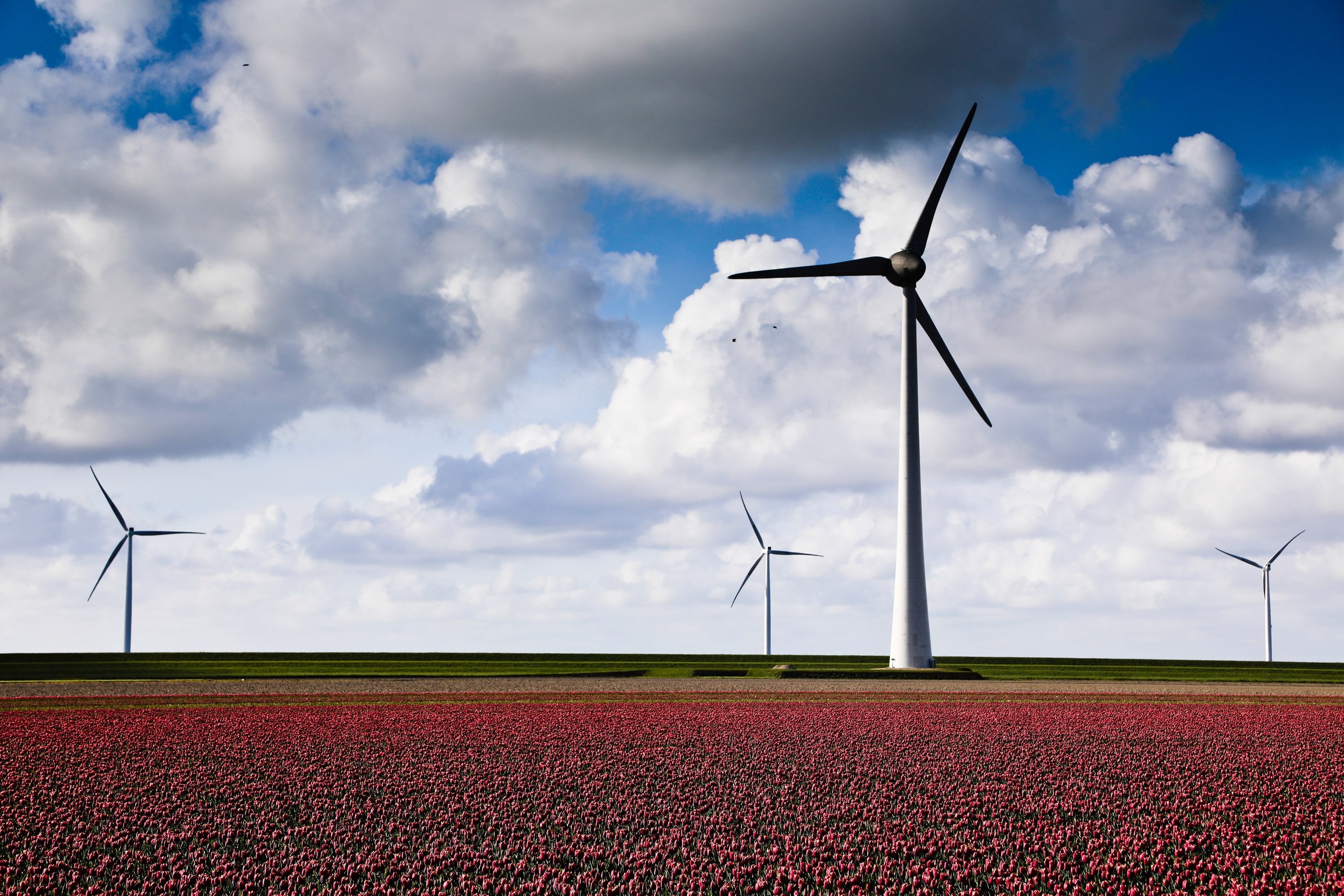Global carbon dioxide emissions were flat last year, even as the economy grew

The rise in carbon emissions is leveling off, but there are still no signs of the deep cuts needed to ward off the mounting dangers of climate change.
The findings: A new report by the International Energy Agency (IEA) found that the world pumped out 33 billion metric tons of CO2 from energy uses, the same amount as in 2018 after two years of increases, even as the economy grew by nearly 3%. An earlier 2019 report from the Global Carbon Project determined that fossil-fuel emissions ticked up about 0.6% last year, though the full range of estimates allowed for a slight dip.
The drivers: The IEA said that falling emissions from the electricity sector in advanced economies drove the flattening trend. The US, the EU, and other regions are getting more of their power from solar and wind, and they continue to shift from coal to lower-emitting natural gas. Increased generation from carbon-free nuclear power in other areas, mainly Japan and Korea, also contributed. Major economies also experienced milder weather than during 2018, and economic growth slowed in some emerging countries like India.
But … Emissions rose by nearly 400 million tons overall in poorer parts of the world, where energy consumption and, by extension, coal demand is still rising. The report doesn’t include greenhouse-gas emissions from other sources like agriculture, land-use changes, or wildfires, which could otherwise affect the totals.
Bigger picture: It’s good news that energy-related emissions didn’t rise, or at least not much, last year. But we’re not even close to cutting carbon pollution at the pace necessary to address climate change. To reliably prevent global temperatures from rising 2 ˚C above preindustrial levels—hot enough to destroy the world’s coral reefs, among other serious dangers—the world needs to slash emissions by 25% this decade and reach zero by 2070, according to the UN’s climate panel. To stay clear of 1.5 ˚C, which carries frightening risks of its own, we’d likely have to more than halve emissions by 2030.
Deep Dive
Climate change and energy
The problem with plug-in hybrids? Their drivers.
Plug-in hybrids are often sold as a transition to EVs, but new data from Europe shows we’re still underestimating the emissions they produce.
Harvard has halted its long-planned atmospheric geoengineering experiment
The decision follows years of controversy and the departure of one of the program’s key researchers.
Why hydrogen is losing the race to power cleaner cars
Batteries are dominating zero-emissions vehicles, and the fuel has better uses elsewhere.
Decarbonizing production of energy is a quick win
Clean technologies, including carbon management platforms, enable the global energy industry to play a crucial role in the transition to net zero.
Stay connected
Get the latest updates from
MIT Technology Review
Discover special offers, top stories, upcoming events, and more.